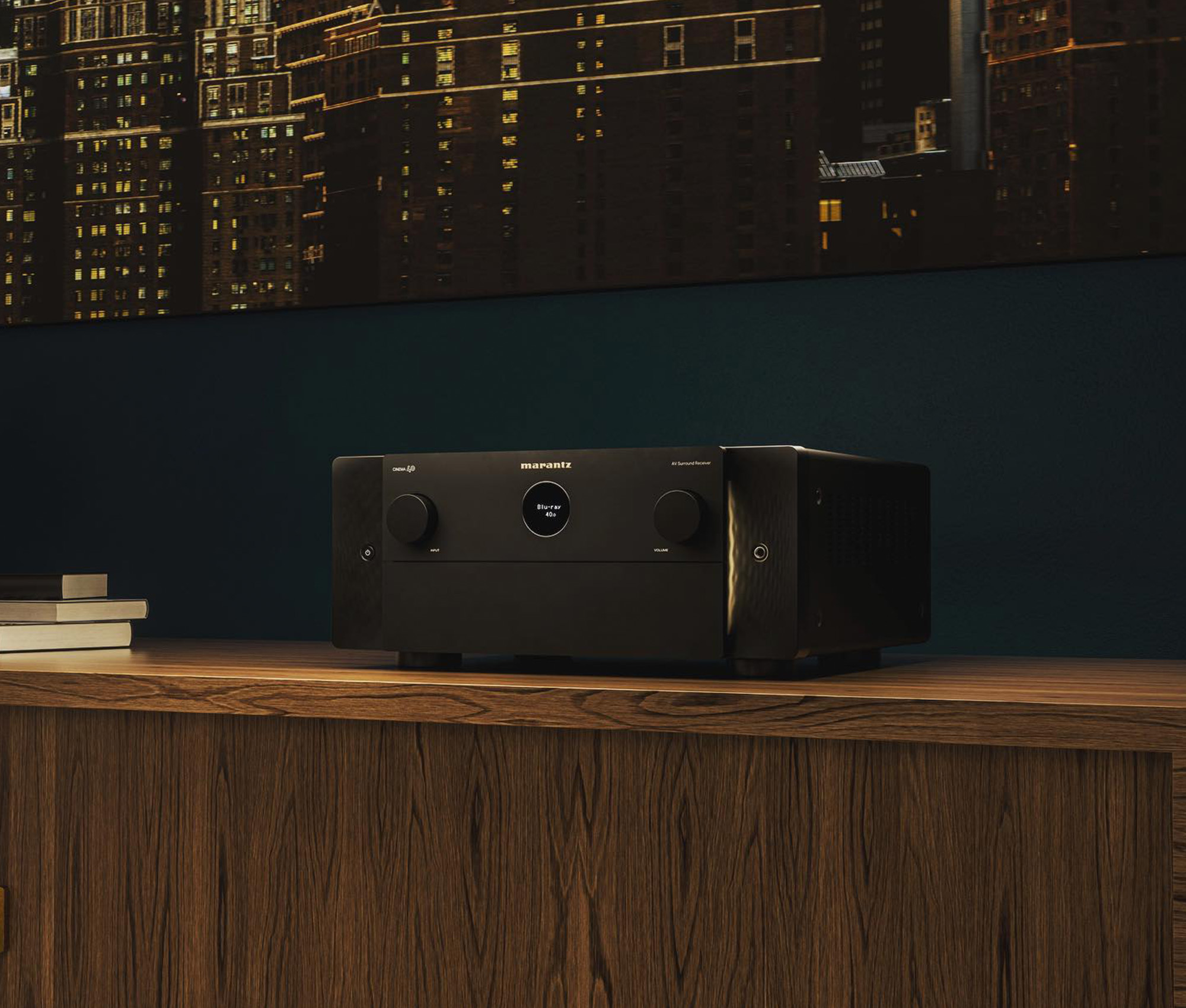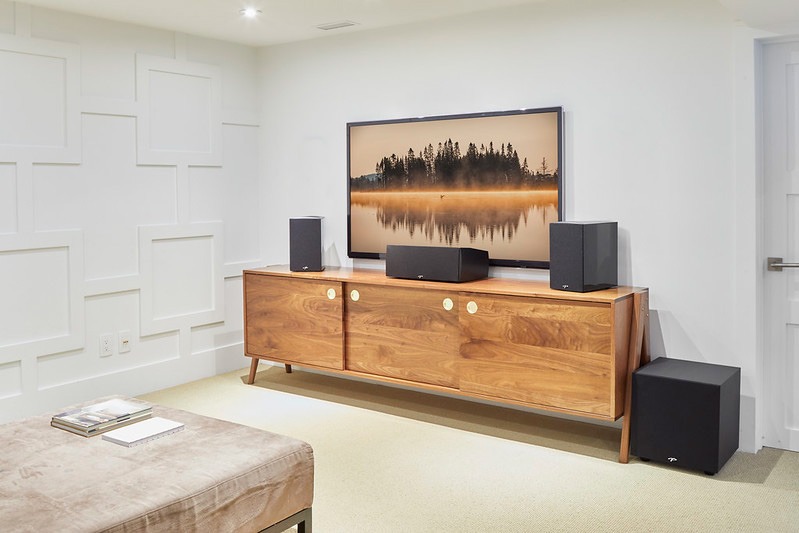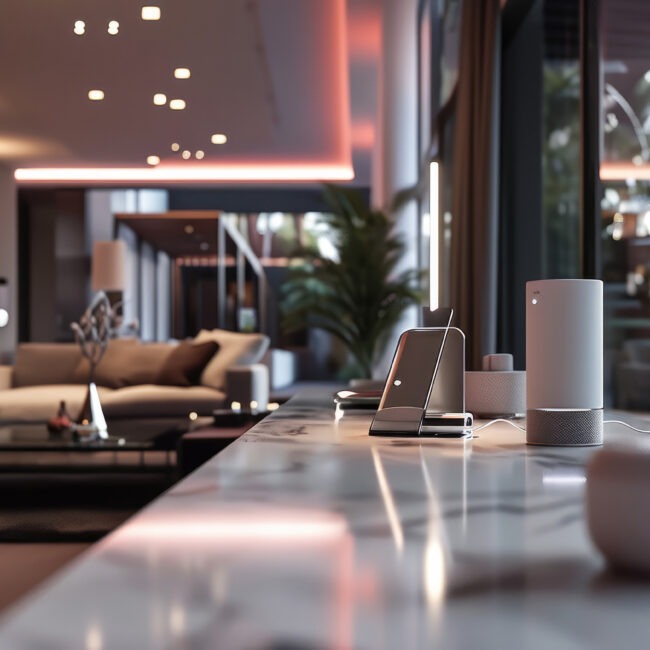A smart home system works by connecting various devices and appliances within the home to a central hub or network, typically using wireless communication protocols such as Wi-Fi, Bluetooth, Zigbee, or Z-Wave. These devices, often referred to as "smart" or "connected" devices, include thermostats, lights, door locks, security cameras, sensors, and entertainment systems.
The central hub or network serves as a control center, allowing users to monitor and manage these devices remotely through a smartphone app or web interface. Users can create customized schedules, automate tasks, and receive alerts or notifications based on predefined conditions or events.
Smart home devices communicate with each other and the central hub, enabling seamless integration and coordination of various functions. For example, a smart thermostat can adjust the temperature based on occupancy detected by motion sensors, while smart lights can be programmed to turn on or off at specific times or in response to certain triggers.
Additionally, many smart home systems support voice control through virtual assistants like Amazon Alexa, Google Assistant, or Apple Siri, allowing users to control their devices using simple voice commands.
Overall, a smart home system works by leveraging technology to enhance convenience, comfort, energy efficiency, and security in the home, providing users with greater flexibility and control over their living environment.















































